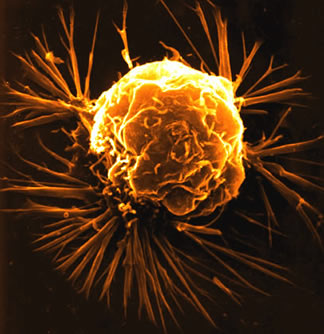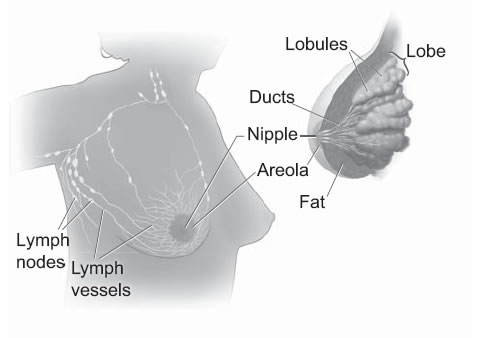valtrex uk

Breast cancer is the most common cancer in the United Kingdom. Every year 48,000 new cases are diagnosed there. Of these, 80% are over 50 but younger women, and in rare cases, men, can also get breast cancer. Breast cancer is the leading cause of death for women aged 34 to 54.

The normal breast
The breasts of a woman are made up of fat, supportive (connective) tissue and tissues with glands called lobes. These lobes are milk glands where breast milk is produced. These are connected to the nipple by a network of milk ducts.
Both breasts may be slightly different from each other. They change throughout a woman’s life and often feel different at different times in the month because of hormonal changes. Just before periods they may feel lumpy and they may feel softer, bupropion effects side smaller and more lax as the woman ages.
Under the skin, an area of breast tissue extends into the armpit (axilla). This is called the tail of the breast. The armpits also contain a collection of lymph nodes which are part of the lymphatic system. There are also lymph nodes just beside the breastbone and behind the collarbones. These drain the breast tissues and are affected in breast diseases and inflammatory conditions. The lymph nodes are connected by a network of tiny lymphatic tubes. Lymph flows through the lymphatic system.

What is cancer?
The body is made up of billions of tiny cells. Normally, cells grow and multiply in a tightly regulated fashion. New cells are only made when and where they are needed. When cancer occurs the cells’ growth cycle goes haywire making them multiply uncontrollably. Cells become cancer cells because of damage to DNA. This leads to formation of a lump that may be benign or non-cancerous or aggressive it its growth – termed malignant or cancerous.
What is breast cancer?
Breast cancer is a malignant tumor that starts in the cells of the breast. A malignant tumor is capable of invading surrounding tissues or spreading or metastasizing to distant areas of the body. The disease occurs almost entirely in women, but men can get it, too.
Symptoms of breast cancer
Breast cancer can have a number of symptoms but usually shows as a lump or thickening in the breast tissue. Other common symptoms may include deformity, ulcers and discharge from the nipple.
Types of breast cancer
There are several varieties of breast cancer. These can affect various parts of the breast. Breast cancer is often divided into non-invasive and invasive types.
Non-invasive breast cancer
Non-invasive breast cancer is also known as cancer or carcinoma in situ, or pre-cancerous cells. This is seen in the ducts of the breast and does not have the ability to spread outside the breast. This form of cancer rarely shows as a lump in the breast and is usually found on a routine check up with a mammogram. The most common type of non-invasive cancer is ductal carcinoma in situ (DCIS).
Invasive cancer
Invasive cancer is more aggressive and spreads outside the breast. The most common form of breast cancer is invasive ductal breast cancer. This type develops around the ducts of the breast and accounts for about 80% of all cases of breast cancer and is sometimes called 'no special type'.
Other types of breast cancer
Less common varieties of breast cancer include invasive lobular breast cancer, inflammatory breast cancer and Paget’s disease of the breast.
Breast cancer diagnosis
Breast cancer is detected on routine screening using mammograms or after a breast lump is followed up with investigations. After a lump is found an ultrasound and mammogram is advised and a tissue sample is take from the lump using Fine needle aspiration cytology (FNAC). This is then analysed to assess whether malignant cells are present and confirm the diagnosis of cancer.
The cancer is also tested if it contains Estrogen receptors in which case it is termed ER positive cancer. Other organs, abdomen, lungs, brain, bones etc. are examined using imaging techniques like CT scan and MRI to detect possible spread of the cancer.
Breast cancer treatment
Breast cancer is treated using a combination of surgery, chemotherapy and radiotherapy. Some cases of breast cancer may also be treated using biological or hormone treatments. There is a good chance of recovery if it is detected in its early stages. For this reason, it is vital that women check their breasts regularly for any changes and always get any changes examined by their doctors.
Sources
- www.nhs.uk/…/Introduction.aspx
- www.bbc.co.uk/…/breast_cancer.shtml
- http://www.ncbi.nlm.nih.gov/pubmedhealth/PMH0001911/
- www.cancer.org/acs/groups/cid/documents/webcontent/003090-pdf.pdf
- www.nhs.uk/…/BreastcancerMCS12pages.pdf
Further Reading
- All Breast Cancer Content
- Breast Cancer Classification
- Breast Cancer Symptoms
- Breast Cancer Causes
- Breast Cancer Pathophysiology
Last Updated: Feb 26, 2019

Written by
Dr. Ananya Mandal
Dr. Ananya Mandal is a doctor by profession, lecturer by vocation and a medical writer by passion. She specialized in Clinical Pharmacology after her bachelor's (MBBS). For her, health communication is not just writing complicated reviews for professionals but making medical knowledge understandable and available to the general public as well.
Source: Read Full Article